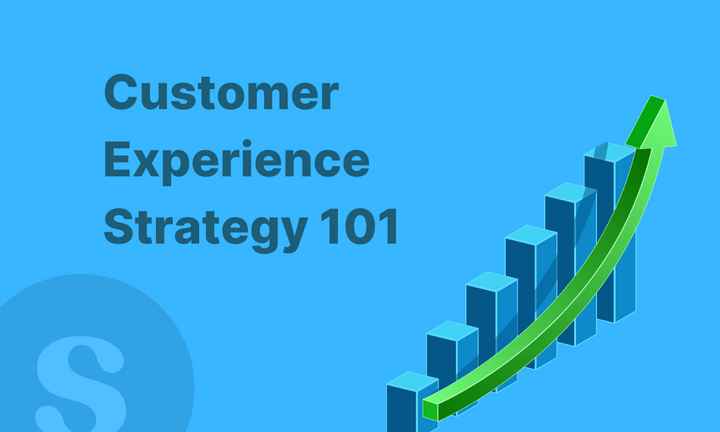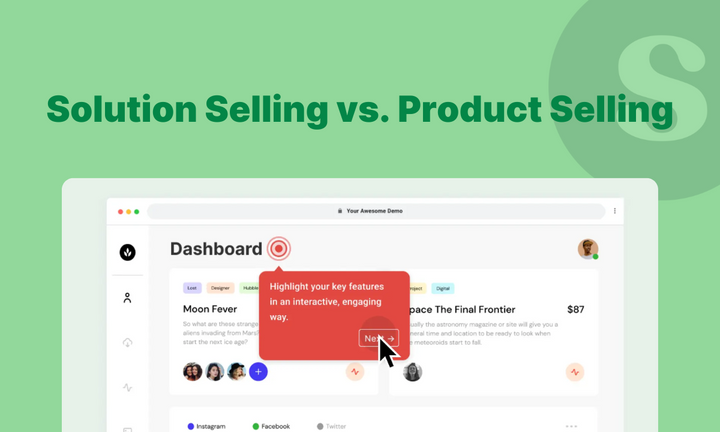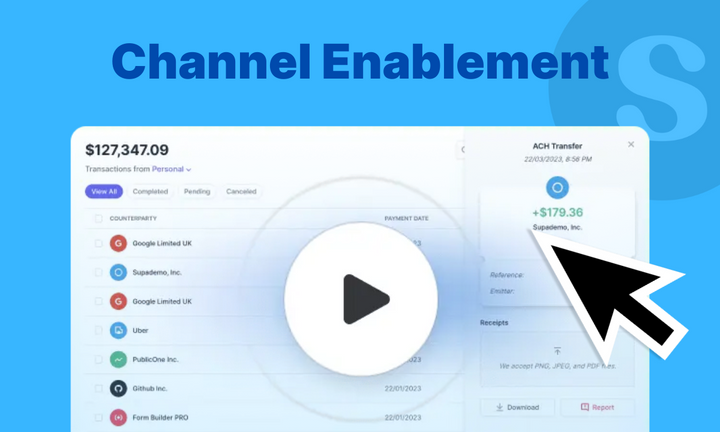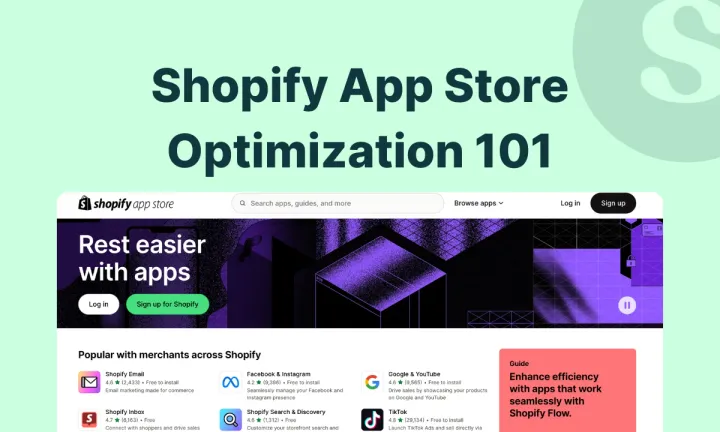Let's be honest - customers today expect more than just a good product. They want smooth experiences at every step of their journey with your brand. But building a great customer experience isn't something that happens by chance.
You need a solid strategy. One that guides every team member, from sales to support, in delivering experiences that make customers want to stick around.
In this guide, I'll walk you through the practical steps to create a CX strategy that works. No fluff, just actionable steps you can start using today.
Understanding customer experience
Customer experience refers to the overall perception customers have about a brand based on their interactions throughout the customer journey. It encompasses all touchpoints, including pre-sale, purchase, and post-sale interactions.
CX is not just about providing satisfactory service; it aims to create memorable experiences that leave a lasting impression.
Why is customer experience important?
In a highly competitive market, customer experience has emerged as a key differentiator. Here are some reasons why investing in a robust CX strategy is crucial:
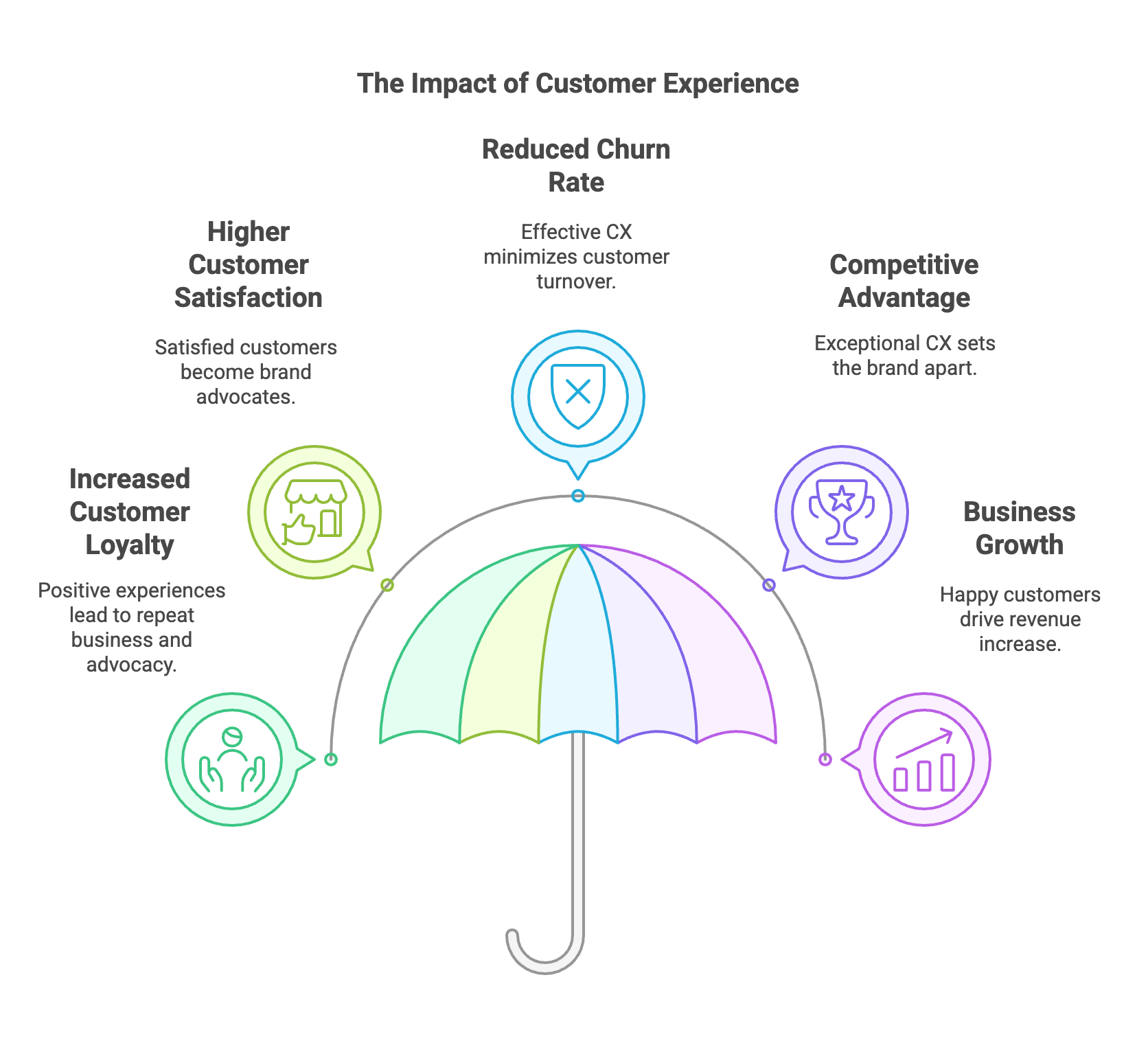
- Increased Customer Loyalty: Positive experiences foster customer loyalty, leading to repeat business and advocacy.
- Higher Customer Satisfaction: Satisfied customers are more likely to become brand advocates and recommend your products or services to others.
- Reduced Churn Rate: A well-executed CX strategy helps minimize customer churn, saving resources spent on acquiring new customers.
- Competitive Advantage: Delivering exceptional experiences sets your brand apart from competitors and increases market share.
- Business Growth: Happy customers are more likely to make additional purchases, resulting in increased revenue and business growth.
Defining your customer experience strategy: 6 essential steps
Crafting an effective CX strategy requires a comprehensive approach. Here are the key steps to consider:
1. Build company-wide support for your CX vision
Start by getting everyone in your company excited about customer experience - from sales to IT to operations.
Here's why this matters: creating great customer experiences isn't just about customer service teams. You need support from every department to make real changes happen.
Make your case with compelling data:
- Companies that focus on customer experience see their revenue grow 4-8% above their market
- Customers are willing to pay up to 16% more for products when they get great service
- 89% of companies now compete primarily on customer experience
Here's how to build this support:
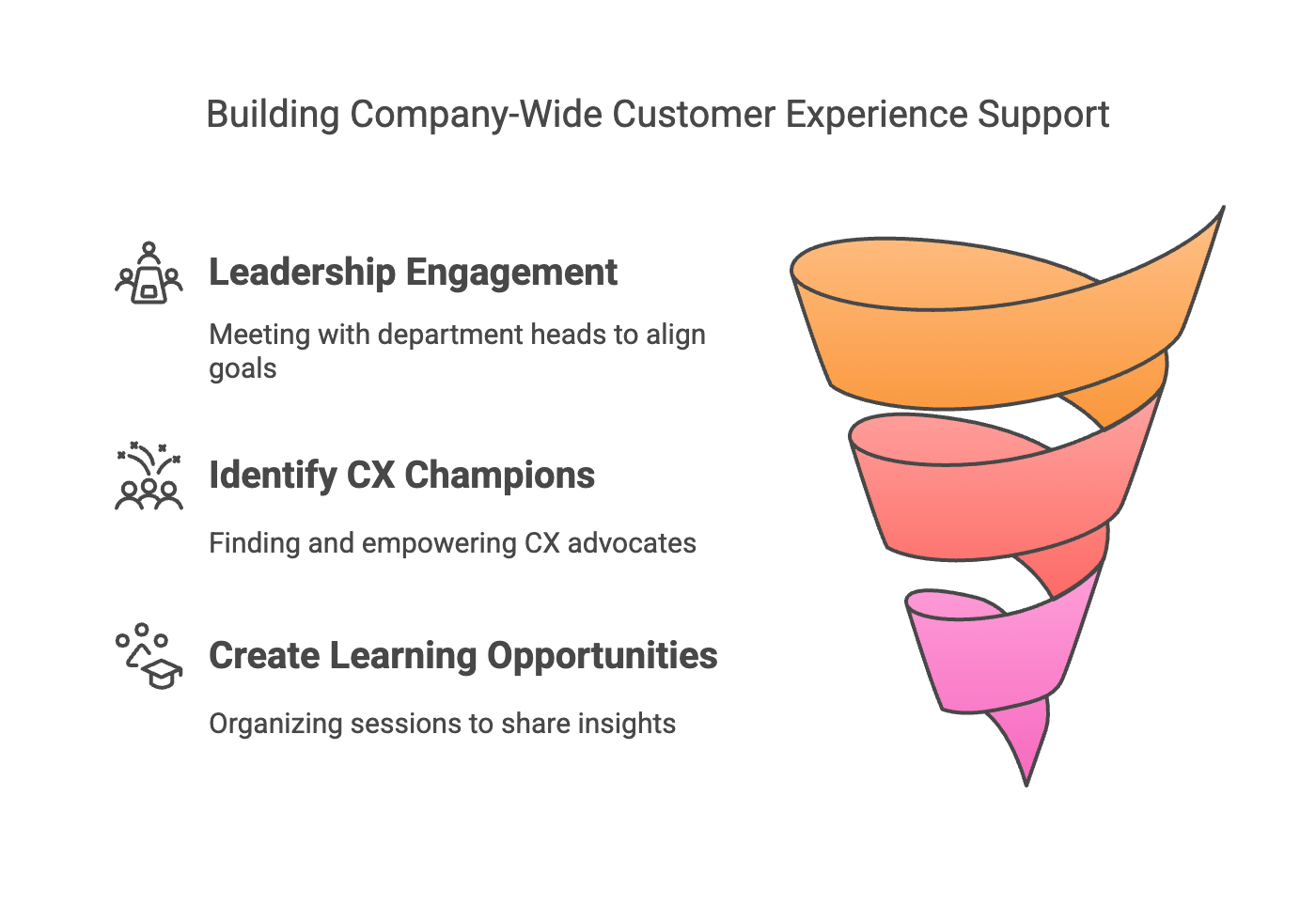
- Start with leadership: Meet with department heads and explain how better customer experience directly impacts their goals. For example, show marketing how it reduces acquisition costs, or demonstrate to sales how it increases repeat purchases.
- Find CX champions: Look for employees who already go the extra mile for customers. These people become your advocates across departments. They can help spread good practices and keep customer needs in focus during team discussions.
- Create learning opportunities: Hold regular sessions where teams can share customer insights and success stories. This could be monthly lunch meetings or quick weekly standups where you showcase how better customer experience led to concrete wins.
2. Know your customers inside and out
Success in customer experience starts with understanding exactly who your best customers are. Instead of trying to please everyone, focus on the customers who already love what you do. These are the people who keep coming back and recommend you to others.
Start by analyzing your most valuable customers:
- Study buying patterns: Look at customers who have stuck with you the longest and spend the most. What makes them different from one-time buyers
- Gather key information:
- Industry and company size
- Job roles and decision-making power
- Common problems they're trying to solve
- Typical budget range
- How they prefer to communicate
- What features or services they use most
3. Create detailed customer profiles: Build a clear picture of your ideal customer using real data. Include:
- Basic demographics (age, location, role)
- Main challenges and goals
- Decision-making process
- Common objections
- Preferred communication channels
- What success looks like for them
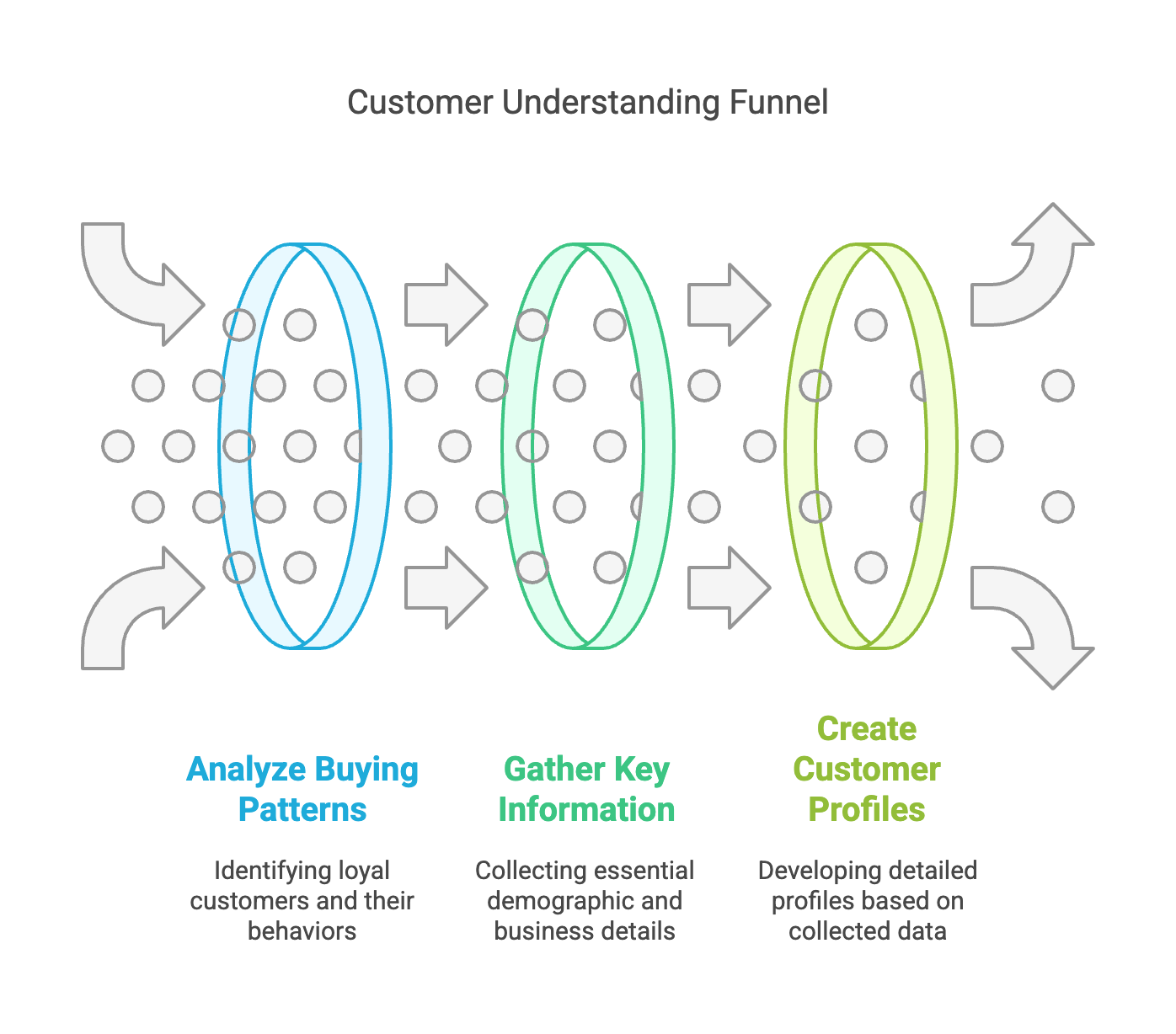
These profiles become your guide for everything - from how you communicate to which features you develop next. When everyone in your company understands who you're really serving, it's easier to make decisions that improve the customer experience.
3. Define your feedback collection strategy
Creating a great customer experience starts with listening.
You need to know what's working and what isn't. When customers leave, it's often because of bad experiences - like slow response times or unhelpful service. But you can't fix problems you don't know about.
Here's how to gather useful feedback:
- Set up multiple feedback channels:
- Quick satisfaction surveys after interactions
- Detailed feedback forms on your website
- Regular customer interviews
- Social media monitoring
- Review site tracking
- One-on-one conversations with key accounts
Look for patterns in the feedback. If multiple customers mention the same issue, it's probably affecting many others who haven't spoken up.
2. Study your competition:
- Read their customer reviews carefully
- Note what customers love about them
- Identify their weak points
- Find gaps you can fill
Be strategic about feedback collection. Don't just gather data - make sure you have a clear plan for acting on what you learn. When customers see you making changes based on their input, they're more likely to keep giving feedback.
4. Train and empower your service team
Your customer experience is only as good as your front-line team. Happy employees create happy customers. When your service team feels supported and confident, they naturally deliver better experiences.
Here's how to build a strong service team:
1. Invest in comprehensive training:

- New hire onboarding that covers both technical skills and soft skills
- Regular refresher sessions on products and services
- Practice scenarios for handling difficult situations
- Cross-training across different support channels
2. Create a supportive work environment:
- Regular one-on-one check-ins with team leads
- Team meetings to share best practices
- Clear paths for career growth
- Recognition for excellent service
- Mental health support and balanced workload
3. Provide the right tools:
- Modern customer service platform that shows full customer history
- Easy access to product documentation
- Internal knowledge base for quick answers
- Collaboration tools for team communication
- Performance tracking tools
4. Track your results:
Look at both customer satisfaction scores and employee satisfaction scores. They usually move together - when your team is happy, your customers are too.
5. Map and optimize every step of the customer journey
A strong customer experience strategy looks at every interaction customers have with your brand, from first contact to long-term loyalty.
Create a detailed journey map to understand how customers move through different stages of their relationship with you.
Here's how to map and improve each stage:
| Journey Stage | Key Questions |
|---|---|
| Awareness Stage |
• How do customers first find you? • Is your brand message clear and consistent? • Are you visible where your target customers look for solutions? |
| Interest Stage |
• How easy is it to learn about your products? • Do you answer common questions effectively? • Is your website easy to navigate? |
| Purchase Stage |
• How smooth is your buying process? • Are pricing and options clearly explained? • Do customers get confirmation and next steps? |
| Post-purchase Experience |
• How do you welcome new customers? • Is product setup/onboarding clear? • How quickly can customers get help? |
| Loyalty Building |
• Do you stay in touch regularly? • How do you reward loyal customers? • Are you gathering feedback about their experience? |
Remember: Each touchpoint is a chance to either strengthen or weaken the customer relationship. Focus on making every interaction count.
6. Identify and fix gaps in your customer experience
The best customer experience has no weak spots. Once you've mapped your customer journey, look for areas where the experience isn't smooth. Then fix these gaps systematically.
Here are three common problems and their solutions:
1. Long wait times
✅ Solution: Build a multi-layer support system
- Add self-service options like FAQs and knowledge bases
- Use AI chatbots for simple questions
- Keep human support for complex issues
- Result: Faster response times and happier customers
2. Channel Limitations
✅ Solution: Create an omnichannel presence
- Add support across social media platforms
- Connect email, chat, and phone systems
- Keep customer history across all channels
- Result: Higher first-contact resolution rates and better satisfaction scores
3. Technical Friction
✅ Solution: Invest in technical improvements
- Optimize page load times
- Improve mobile experience
- Enhance website functionality
- Impact: Each second faster can increase conversions by 4-7%
Use Supademo to improve your customer experience (CX) strategy
Effective training and onboarding directly impact your customer experience.

Supademo lets you create interactive product walkthroughs that help both your team and customers learn faster.

Unlike traditional video tutorials, these demos let users actively click through features and workflows, leading to better understanding and retention. You can build custom demos for different user groups - from new employee training to customer onboarding sequences.

Supademo's analytics help you track engagement and identify where users might be struggling. This data helps you continuously improve your training materials and spot potential friction points in your customer experience.
Plus, since these demos are always available, team members can refresh their knowledge anytime, and customers can learn at their own pace.
The result? Better-trained staff who provide more confident support, and customers who can get the most out of your product from day one.


